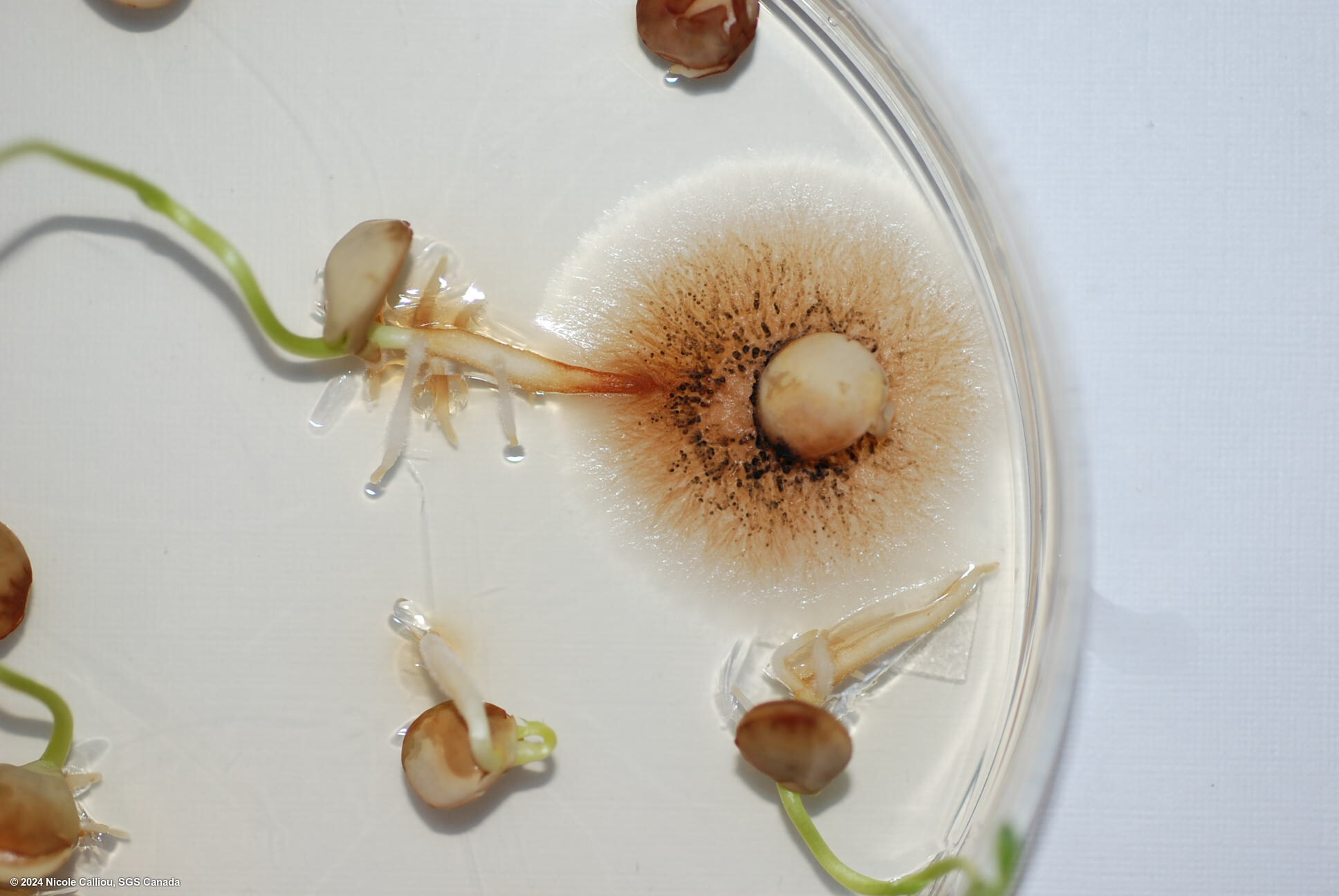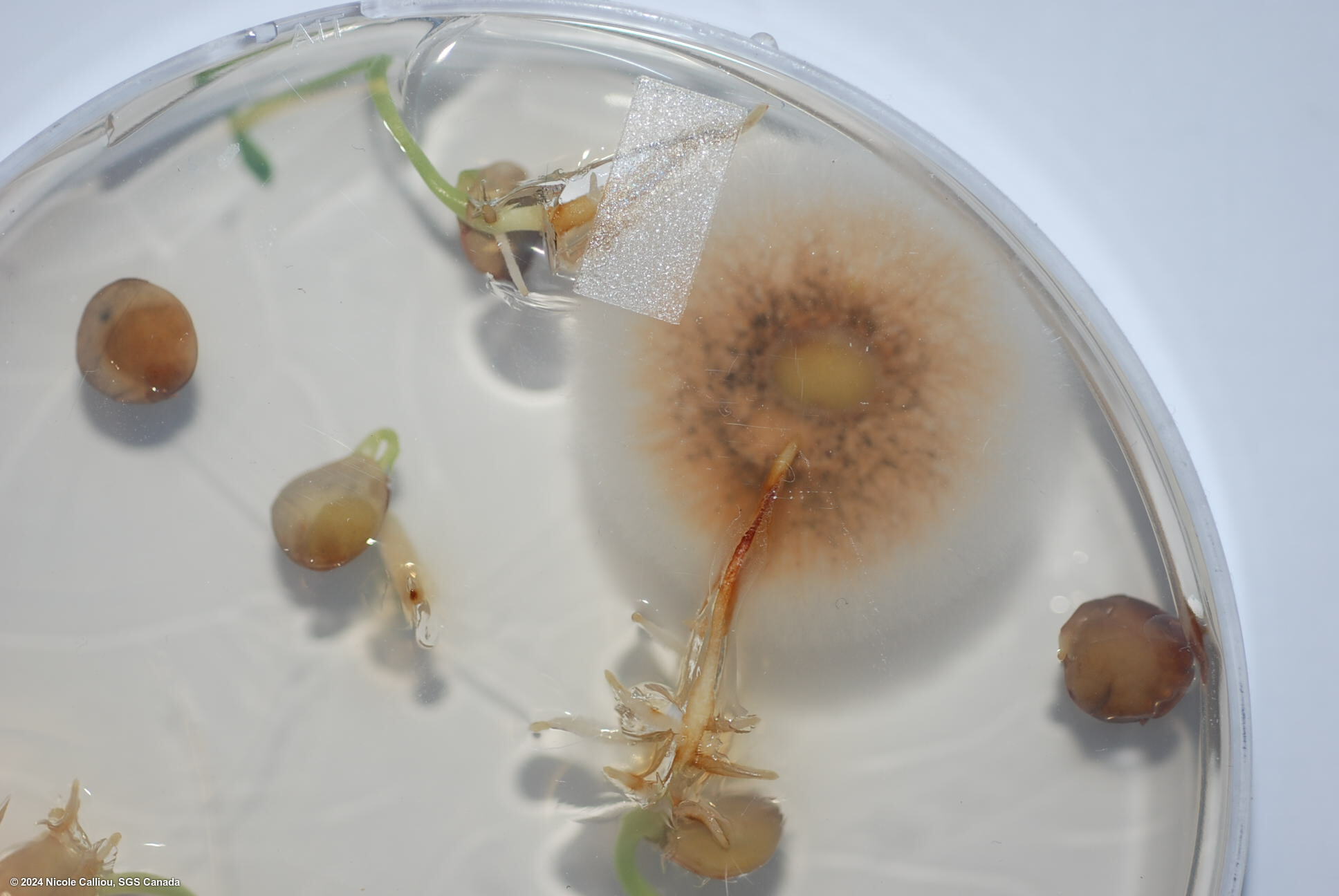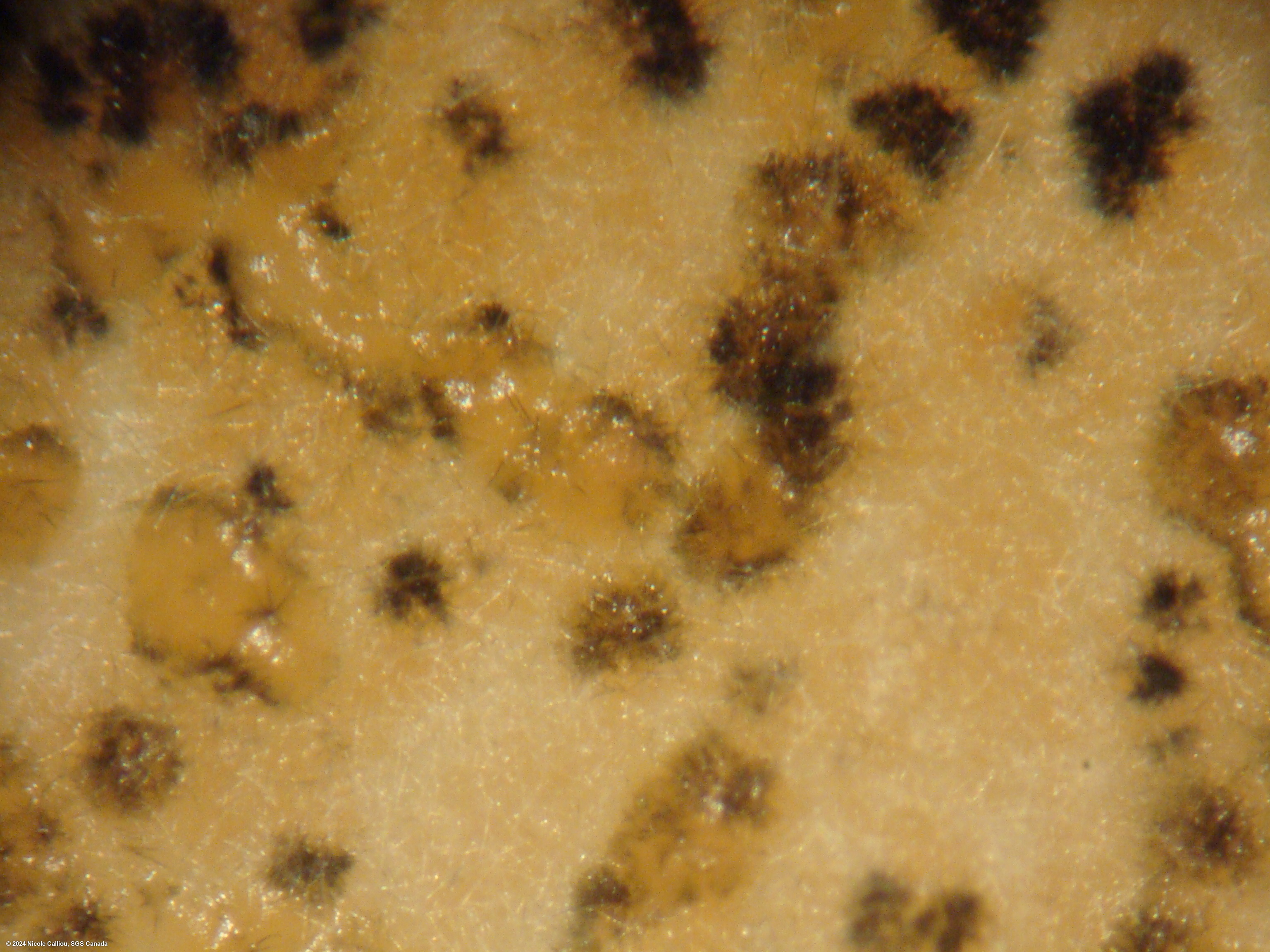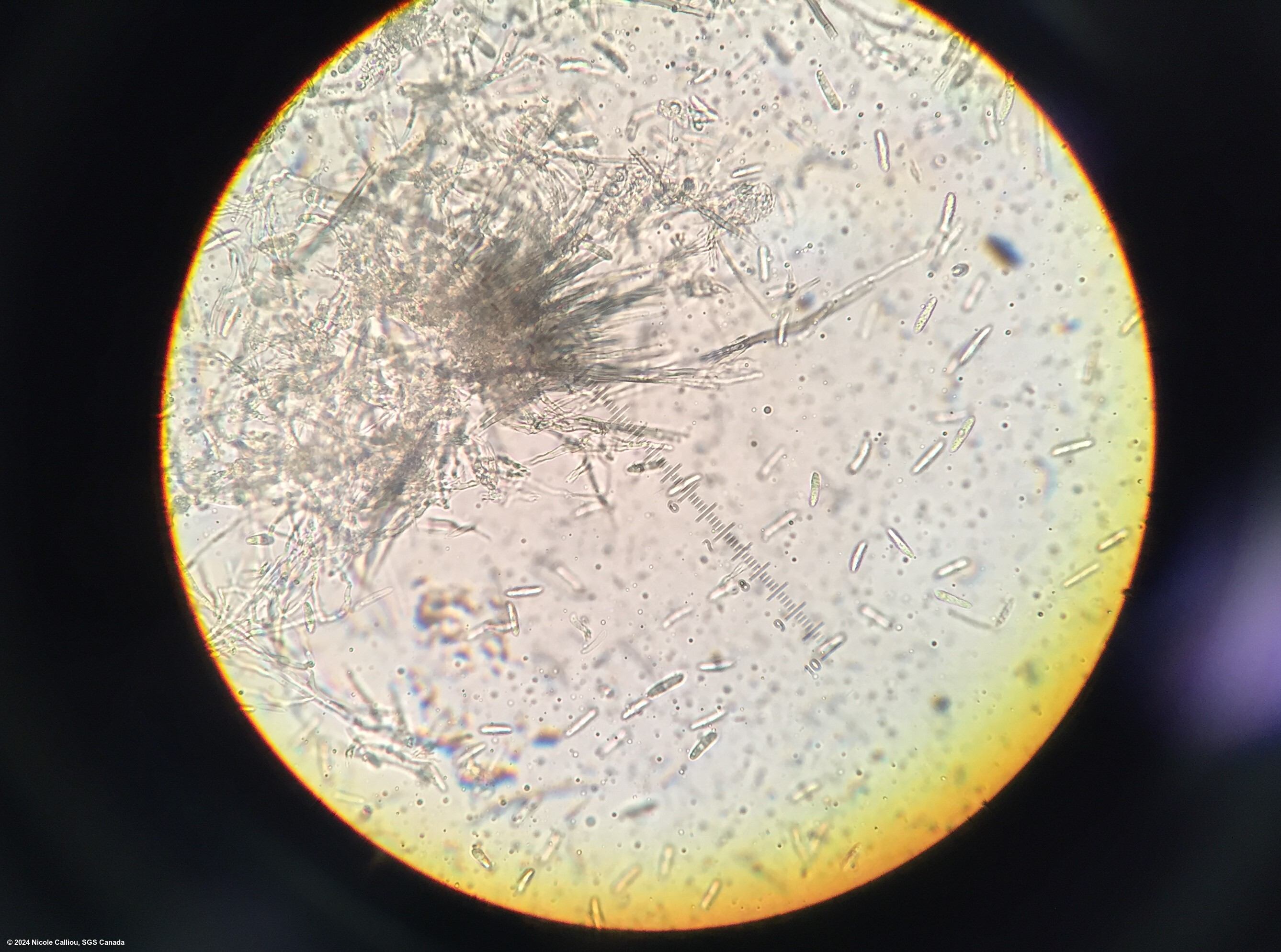Colletotrichum lentis
Overview
|
Scientific name
|
Colletotrichum lentis |
|
Genus
|
Colletotrichum lentis |
|
EPPO code
|
COLLLN |
|
Common name
|
Anthracnose |
|
Synonyms
|
Colletotrichum truncatum |
Description
From the Canadian Journal of Plant Pathology, Banniza et al. 'The long path to understanding the host–pathogen interactions of Colletotrichum lentis on lentil':
Among lentil diseases reported from around the world, anthracnose caused by the fungal ascomycete pathogen Colletotrichum lentis is either not mentioned, or listed as a minor disease. In Canada, it was originally found in Manitoba in 1987, where most lentil was grown at the time, and within 3 years was also detected in Saskatchewan as lentil production moved westwards. Since then, anthracnose has become the most important foliar disease on lentil in western Canada. Originally described as C. truncatum, isolates from lentil were designated their own species in the ‘destructivum’ clade in 2014. Two sexual incompatibility groups have been identified in the Canadian population, but both harbour MAT1-2 while lacking MAT1-1, so sexual mating does not follow the classical ascomycete system of heterothallic species. Field data indicate that the pathogen primarily reproduces asexually, but readily mates in the laboratory, so it may have facultative sexuality. The pathogen has a hemibiotrophic lifestyle with a brief biotrophic phase followed by necrotrophy. Two pathogenic races have been described and partial resistance to the less virulent race 1 was found in cultivated lentil species. High levels of resistance to the virulent race 0 have only been identified in the related species Lens ervoides, and was introgressed into cultivated lentil. Using an ascospore-derived population developed from a cross between race 1 and race 0 isolates, one QTL for virulence was identified on one of the 12 chromosomes of C. lentis.



